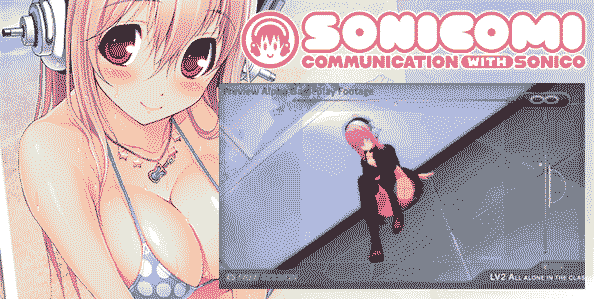Is Japanese hard to pronounce? If English (or Portuguese, or Italian) is your native language, you might find that it’s not, since the vowels used in Japanese happen to closely match those languages. But if you’re coming from a language like English, there can be challenges.
First, understand that Japanese is a syllable-based language, meaning that sounds always come in consonant + vowel syllable pairs (e.g. か ka, き ki, く ku, け ke, or こ ko, never just a “k” sound by itself), or as a single vowel sound. The only consonant that can appear by itself is n, written ん, which is easy to remember as it looks like an ‘n.’ Vowels are easy as oppai:
A – “ah” rhyming with “fall”
I – “ee” rhyming with “feel”
U – “oo” rhyming with “fool”
E – “eh” rhyming with “let”
O – “oh” rhyming with “go”
Some more pointers. Discard if you can the spelling rules of English, like “silent e” on the ends of words. Every syllable is pronounced, so that the family name of voice actress Horie Yui would be pronounced “ho-ri-eh.” There is no short “a” sound (as in “cat”) in Japanese, so words like kanji (Chinese characters) or the final syllable of 一万 ichi man (the number 10,000) should sound like kahn-ji and mahn. If you’re interested in learning Japanese, I always recommend textbooks and study guides that force you to work in the “native” Japanese writing system, hiragana, as its much easier to pronounce well if you move away from Romanized Japanese. The Kanji Practice Flashcards from White Rabbit and the Genki Japanese textbooks both use kana are both good for learning as they avoid Romanized Japanese (Japanese sentences written in the English alphabet), forcing you to read real Japanese, which helps reduce your accent.
You probably don’t think of Japanese foods like omurice (an omelet served over rice with a ketchup heart drawn on top) or katsu (Japanese pork cutlet) as “Western” foods, but in Japan dishes like this are all referred to with the word 洋食 yohshoku, meaning foods from Europe or the U.S. The yoh kanji (which literally means “sea”) is found in quite a lot of common words, like 洋服 yohfuku, which the Japanese use to mean “clothes” though it actually denotes Western style clothing like shirts, jeans etc.; 洋間 yohma, a Western-style living room with a sofa and chairs instead of tatami mats; or 様式 yohshiki, meaning anything that’s “Western-style,” like a toilet you sit on rather than squat over. The opposite of 洋 yoh is 和 wa, a character that denotes peace and harmony but also refers to Japan. If you’re interested in exploring Japanese variations of “Western” foods, J-List has some cookbooks you should see.
The new Sonicomi: Communication with Sonico game is shipping, both as our popular Limited Edition that comes with an original acrylic figure, art cards, the game plus the Steam code, as well as on Steam directly. My favorite part of the game is the photo sessions, which are fully interactive segments in which you have to photograph Sonico from just the right angle. (Upskirts are possible, though she might not like that.) Don’t forget that new Sonico Dakimakura we have up for preorder now, too!

















